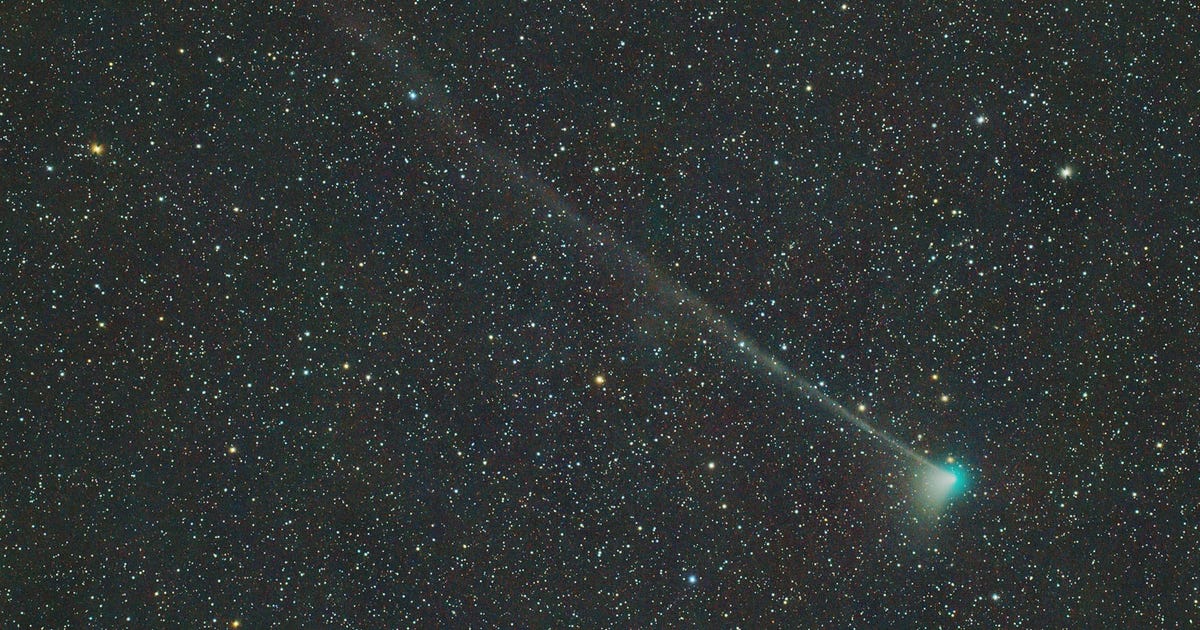Bright green comet on 50 000 yearly salary, bright green comet on thursday, bright green comet on 50 000 year journey passes marie, bright green comet tonight, bright green comet on 50 000 year journey passes roblox, bright green comet on 50th, bright green comet on 50 000 year journey passes for national parks, bright green comet on 50 000 yearly to hourly, bright green vomit, bright green comet on 50 000 year journey passes to yellowstone, bright green comet on 50 000 year journey synonym, bright green comet on 50 000 year journey passes muster, bright green comet on 50 000 year journey passes synonym.

Now's the time to start looking for Comet C/2022 E3 (ZTF) as it puts on quite a show once passing our planet this week.
The Zwicky Transient Facility, aka ZTF, in Southern California discovered the dramatic impartial in March. It had been speeding in the direction of the sun up pending Jan. 12 when it reached perihelion, its closest pass by the sun, afore beginning a long journey back to the Oort Cloud on the edge of the solar system.
According to Joe Rao from both Space.com and New York's Hayden Planetarium, it won't return for roughly 50,000 years. This invents now the prime time to try to see it for yourself, as it appears to have brightened earlier than expected.
By some coffers, the comet is already visible to the naked eye from dark locations with minimal appetizing pollution.
The comet is expected to be closest to Earth on Feb. 1, according to NASA, at which present it could become a magnitude five object, just sparkling enough to see with the unaided eye, though binoculars and very dark skies always help.
The doings of comets is rather unpredictable, as they can brighten, dim or completely disintegrate with little warning. Comet ZTF's coma, or tail, has already been met appearing to split into two distinct tails in what astronomers call a "disconnection event."
It's also been seen sporting a so-called "anti-tail," which is actually an optical illusion that invents the comet appear to have a tail on both sides of its nucleus.
You can practice trying to spot the comet now with binoculars or a backyard telescope as it leftovers to (hopefully) brighten until Feb. 1. By far the easiest way to locate it is with a site like In The Sky or the gracious mobile app Stellarium.
If you happen to get any colossal photos, please share them with me on Twitter, @EricCMack.
Source
